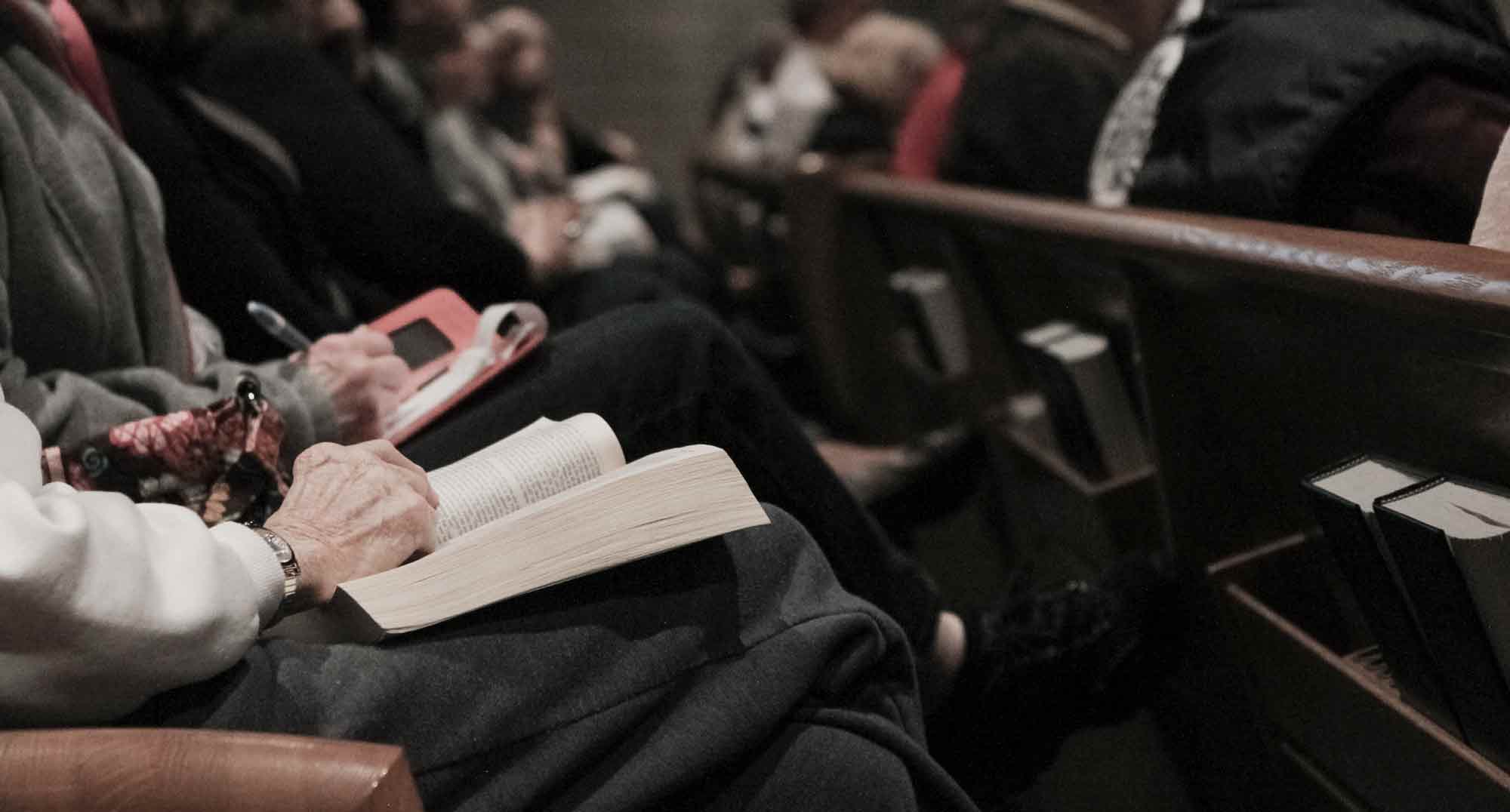Five Ways Women’s Ministries Can Care for Victims of Domestic Violence
Most likely, around 25% of the women attending your church are victims of domestic abuse.[1] When you see that number, is your first thought disbelief? Mine certainly was, and I am what some would call an expert in this area. But in ministering to the women in my church, I have sadly witnessed its truth firsthand. We struggle to believe that domestic abuse is in our churches for three main reasons. First, abuse is a hidden reality. It happens behind closed doors. The sinful tactics used by an abusive husband are inconceivable, in part because abusers strive to keep their deeds hidden in darkness (John 3:20). Second, abused women often do not identify as victims; they feel responsible for their oppression. Most women come to me for counseling about something else, such as anxiety, depression, or guilt. Oppressors confuse their victims to control them; a common by-product of sin is “disorder” (James 3:16). Victims often do not possess the clarity required to conceptualize what they are enduring is abuse. Third, we struggle to identify abuse because the oppressor usually attends our church. We have talked and prayed with him. We think we know him. In reality, we only see how he presents his public face. At home, oppressors are very different people. Even though Scripture warns us about deceivers (2 Timothy 3:13), we struggle to identify them among the people we think we know. Although we often are not aware of abuse, the Lord sees victims and is active in their rescue (Luke 4:18–19). I also believe that God calls us to join him in their rescue. Below are five ways the women’s ministry in your church could help identify and care for the sufferers in your midst...










